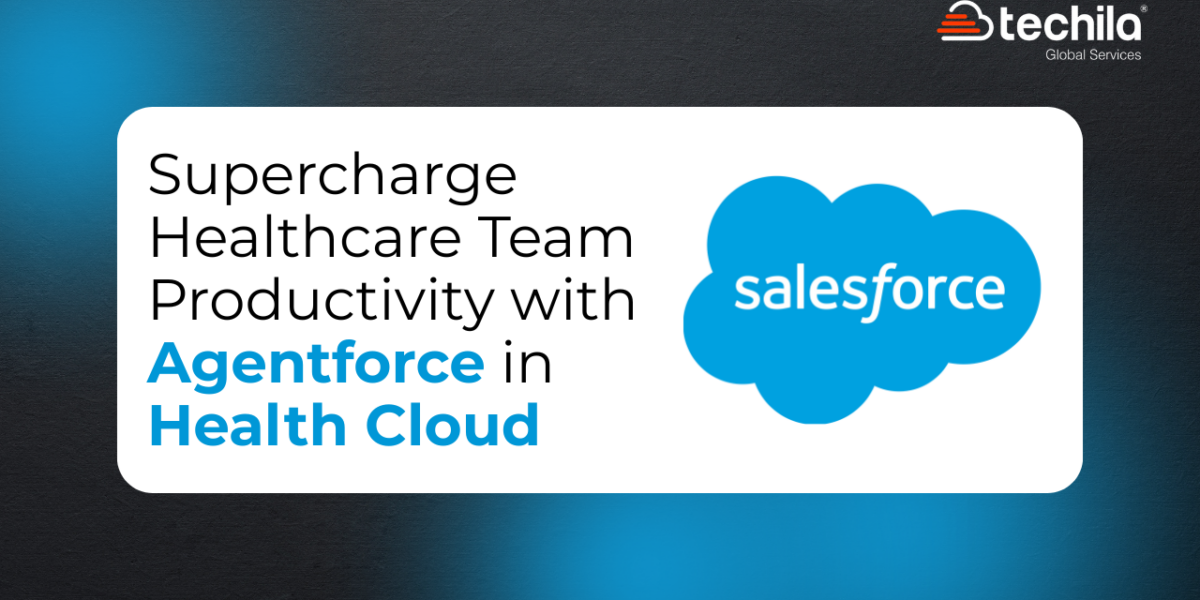The Salesforce platform is one of the greatest platforms that work in association with the management of the customers and their healthy integration relationships. Salesforce integration patterns are the greatest source of maintaining the process of customization of applications. The Salesforce integration best practices are responsible for managing all the possibilities concerning the order management and other systems for making payment and managing the fleet.
The Salesforce integration patterns and the Salesforce integration best practices automated drivers for exchanging data between the two systems and maintaining guaranteed delivery for every type of goods and services.
Best practices
Integration patterns Salesforce is one of the innovative platforms for arranging the process of requesting and responding with the use of Remote calls and data virtualization.
What is the need for integration?
First of all, we will understand why integration is needed at a rapid level. The reason behind using integration patterns and other best practices is to maintain the orders and other inventories including the process of sending notifications and emails. It is a very important task for big enterprises to maintain fleet management externally and manage all the possibilities responsible for exchanging the data between the two systems. Many platforms work for the Salesforce integration in association with the external system after adopting the best practices.
The parameters that affect integration patterns and practices
1. Maintenance of the same transactions – the factor that affects medication practices and decides whether the business firms in the requirement of performing any type of task on getting responses from Salesforce.
2. The duel between asynchronous and synchronous – we need to analyze whether these processes are vital and Critical for the business enterprise and whether the responses are required to be sent for processing in real-time or about the real-time framework.
3. Message size is one of the important factors that decide whether the message being sent should be of small or larger size.
4. Maintenance of the deliveries of goods and services according to the guaranteed time is another factor that should be considered even if the external system is not properly working. It is an important task for an enterprise to make successful deliveries on time.
5. Checking the possibilities about the contract first integration and it also questions regarding the remote system which will be able to follow the source Salesforce contract or not for a longer period.
6. The preference to make the responsive statements is one of the important factors that decide whether the integration is required without producing any type of coding activities on the Salesforce platform.
The demand of requesting and replying
This illustrates the process of invoking the Salesforce platform on the remote system after waiting for a good amount of time so that the process gets completed and we can easily track the state based on the responses being delivered to the remote system. It becomes important to analyze all the options provided under request in reply.
Maintain external services – this type of integration is the basis of point and click provided from the lightning flow and also it is responsible for providing Interagent schema. One of the disadvantages associated with extra services is that it only supports the old data types.
The visual force calling helps in enabling the use of for consuming and generating the proxy classes. Is also one of the ways of providing HTTP services and we can use it for performing POST, PUT, etc. Triggers are one of the greatest segments of the request and reply. It is responsible for making the callouts to the external system for the motive of changing the data. Batch Apex are some of the parameters that help in invoking external services.
The process of invoking can be successfully executed by making the callouts to the external system which can be executed only by the use of batch Apex. After all the successful executions you need to use the execute method provided within the batch Apex for refreshing the limits known as governor limits each time. You should have a good idea about the Governor’s limits for the particular platform. The Governor limits are usually provided on the total call out or we can say the time of call-out within the single transaction.
Firing and forgetting
This particular integration pattern helps the Salesforce platform for invoking a process that is provided within the remote system. You need to keep in mind that is not responsible for waiting for the process completion. Also, it receives information in the form of remote processing and comprehends the request. After successfully acknowledging the request is responsible for controlling back the integrations inside Salesforce. The process of firing and forgetting can be executed in the following methods.
1. Controlling the platform events based on a particular process
2. Managing the process of customization which are again based on the platform events
3. Managing the workflow which outbound messages are responsible for driving them
4. Callouts based on the apex
Synchronization of the batch data
It is another parameter that works in integration with the Salesforce integration patterns. It can be best explained with help of data storage which is provided inside the lightning platform and after creating and storing the data it is further reflected for receiving the updates from the external system.
We can even make any type of modifications within the data being stored in the lightning platform and then again sent it to the external system after updating it. You can execute the process of updating the data in any direction but it should be according to the batch methodology.
Changing the data capturing method – free done by the Salesforce platform since it has a task of publishing the change events for presenting it on the records being modified. Using the ETL Tool – these tools are best for making connections between the two systems and extracting data to be sent to the external systems.
The big Enterprises can also use this tool for transforming the processes according to the target format and finally upload the data with the help of SOAP API. It also has the task of manually making the remote call. The external systems can call each other for a specific purpose such as when they are changing the data. Due to these activities, there is a huge amount of traffic on going which should be kept minimum as much as possible.
The process of remote call-in
This can be explained based on the data stored within the lightning platform for various types of purposes. This purpose is can be the creation or updating of the data within the system with the help of a remote system. Also, one can delete the data by the remote system.
There are some other features such as security features that help in making the valid login and conducting all the sessions according to the norms and guidelines for performing any type of API calls. Another feature known as bulk data is responsible for maintaining the data about 5000 in frequency by using the bulk API.
Event-driven architecture for performing the events known as platform event for publishing the event from the outside sources. Standard and rest API are also contained within the Enterprise for standardizing all the rest API while doing remote call-in. Accessibility is one of the features and the greatest component of the integration patterns for successfully publishing the event and reducing the queries based on the data produced. You can also maintain the other integration patterns and best practices concerning the production of manual remote calls by keeping the ongoing traffic in mind.
Integration pattern – Data virtualization
These integration patterns are supported by Salesforce so that the users can easily access external data according to real-time. This is one of the advanced versions of removing every requirement for processing the data within the Salesforce platform. This process can be further reconciled and after reconciling the data between the external system and Salesforce platform, the process of data virtualization gets executed.
The integration pattern covers great detail about using the Salesforce platform for connecting the data so that data can be pulled up from the Legacy system in the form of Microsoft and Oracle according to the real-time activity. Salesforce also uses the connect for the building process of options inside data virtualization and the data can be easily handled using the data protocols from the external systems.
We can also assess the best practices concerning the Salesforce platform since they provide the combination of workflows and the effects callouts asynchronously and synchronously. There are several other integration methods associated with salesforce such as management of the platform event and documenting the Salesforce basics.
Takeaways
We hope that we have delivered the successful database based on salesforce data integration best practices. You can explore more on data virtualization and other implementation practices for delivering the services on time and maintaining the ethics of the platform events. Keep getting updates on the same.

 +1 561 220 0044
+1 561 220 0044 +61 255 646464
+61 255 646464 +91 909 080
3080
+91 909 080
3080

